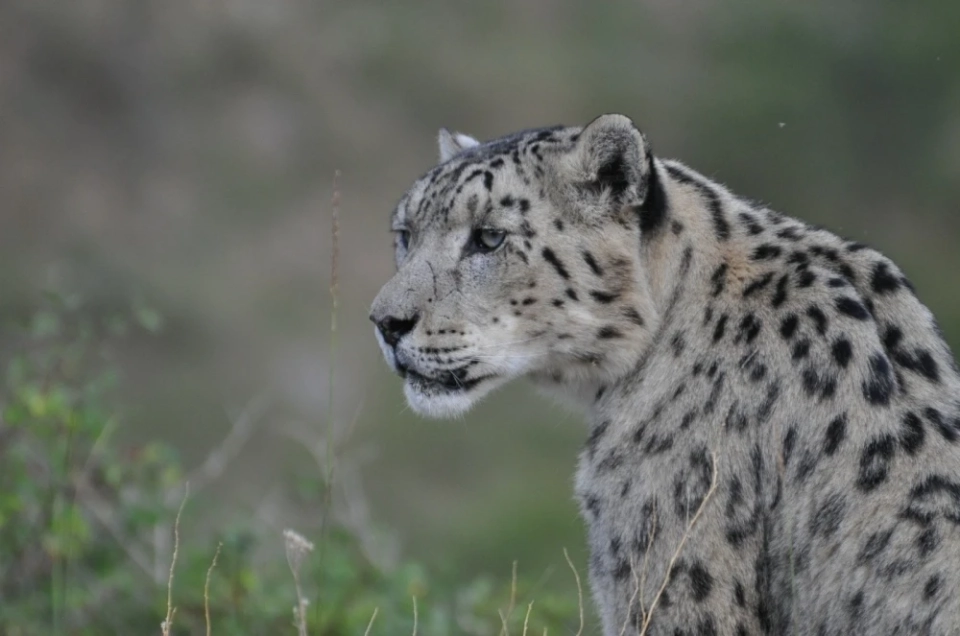
The Attitude of the Kyrgyz People Towards Their Land
An important renewable natural resource since ancient times has been the mountainous and rugged areas with vast pastures, diverse wildlife, and birds that are objects of hunting. The use of the natural wealth of the habitat was regulated by customary legal norms based on centuries of agricultural experience and empirical knowledge. People tried to adhere to the limits of acceptable exploitation of the developed territories.
The nature of settlement in traditional society had a direct influence on the culture of natural resource management.
In conditions of extensive production activities, it was unprofitable for nomads to concentrate in one place in large groups, as this could lead to the degradation of pastures. When settling, the resource potential of the surrounding environment was necessarily taken into account, where a certain number of different types of livestock could be grazed without causing harm. A careful attitude towards vegetation was natural for herders. It was said among the people: “A land without vegetation is like a lifeless space.”
A balanced approach to resources distinguished true and hereditary hunters, whose positive examples served as models for contemporaries and future generations. The Kyrgyz treated water sources with care. They understood that glaciers - mönğu, and water sources - bulak provided them with vital natural wealth. It was perceived as the source of life for all living organisms, including vegetation. Legends were composed about water, and akyns (improvisational poets) could sing about it for whole days. All of this, along with proverbs, sayings, and fairy tales, had an educational significance aimed at instilling a culture of water use (Zhumagulov, 2005; Imanaliev, 2009, p. 168; Jusupov, 2011).
Oral stories about landscapes, toponyms, and the history of the living territory played an extremely important role in the socialization of the younger generation. The Kyrgyz have always been distinguished by their good knowledge not only of the area around their winter camps (konush), where there were places for portable dwellings (zhurt), pens (koroo), and hitching posts (mama). They were well aware of every section of remote pastures, hollows, mountain streams, springs, and their names, as well as the characteristics of the plant and animal life in each area. In oral poetic creativity, the issue of the value of natural resources and a careful attitude towards them was raised quite often.
The ideas of the widely known thinker of the 15th century, Asan Kaygy, who called on people to live in harmony with nature, were popular among the people (Baibosunov, 2001, pp. 26-45).
In the process of developing natural wealth, people contributed to certain changes in the geographical landscape of the environment through their actions. The cultivation of irrigated plots, which expanded with the transition to sedentism, required the construction of irrigation facilities and an increase in the size of sown areas. The emergence of settlements with their own planning, the development of coal mines, and other industrial enterprises noticeably changed the appearance of the area. In short, the areas of cultivated landscape steadily expanded.
During the Soviet era, human impact on nature intensified. This was related to the development of various sectors of the economy, achievements in scientific and technological progress, as well as the necessity of developing the regions of the republic.
At the same time, the state pursued a policy of rational use of natural resources and environmental protection, although not always effectively. Despite the promotion of ecological knowledge and culture, harm to the natural environment was often observed.
In the post-Soviet period, insufficient consideration of ecological consequences in industrial, agricultural, commercial, tourism, and other large-scale projects often leads to a multiple increase in anthropogenic and technogenic pressures on nature with the introduction of various forms of ownership, as well as changes in the system of historical and cultural values, reflecting a consumer attitude towards the biosphere.
Poaching has spread, causing harm to biological diversity. Problems related to pollution of the atmosphere and the habitat as a whole have emerged, negatively affecting the health and social well-being of the population. Some attentive rural residents report a sharp decline in certain populations of fauna and the retreat of glaciers.
The negative consequences of increased human impact on nature have recently been frequently discussed in society.
Various campaigns are being held (including protests against the development of gold and other deposits), events to promote a rational attitude towards the wealth of nature and their protection.
Natural Resources














































